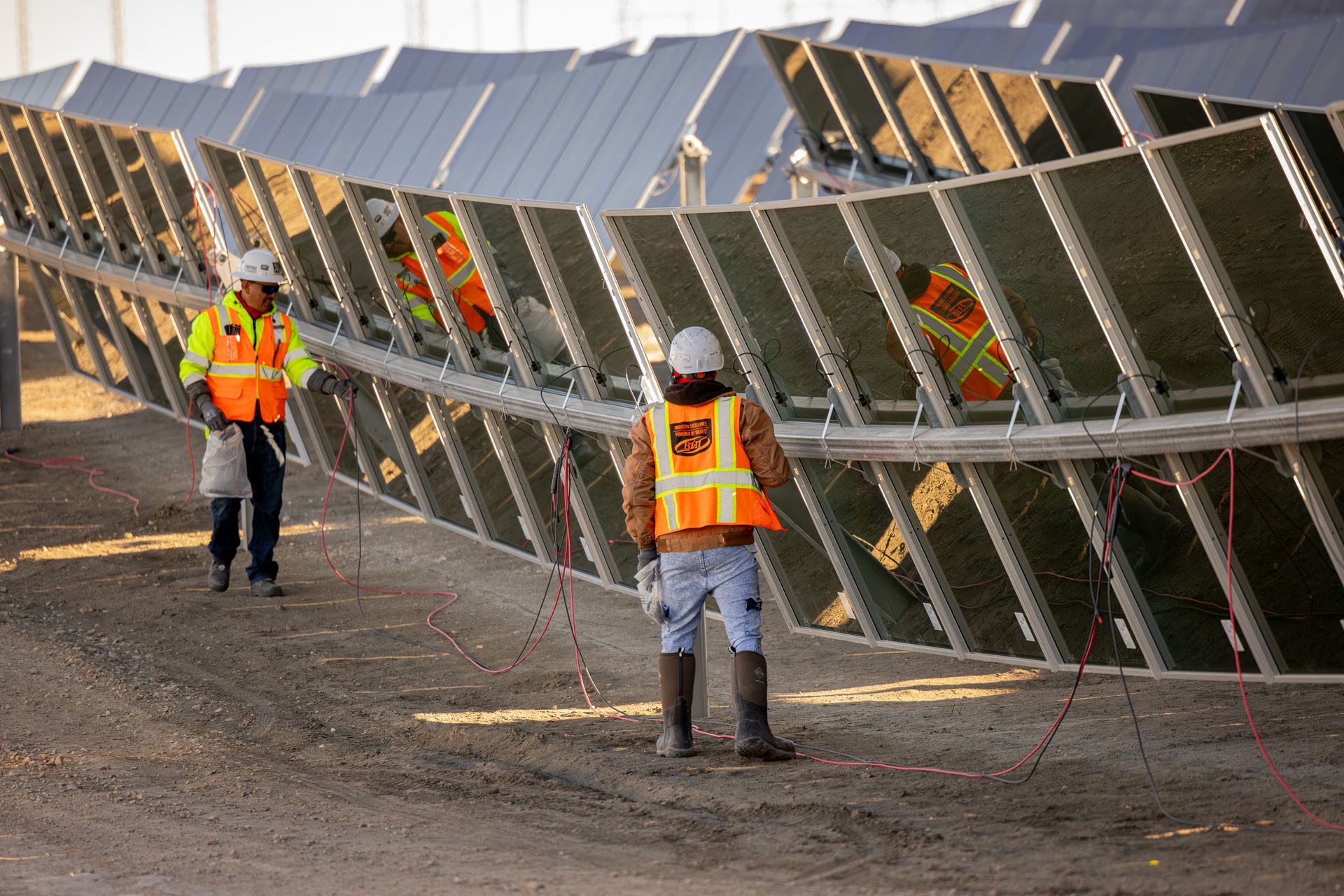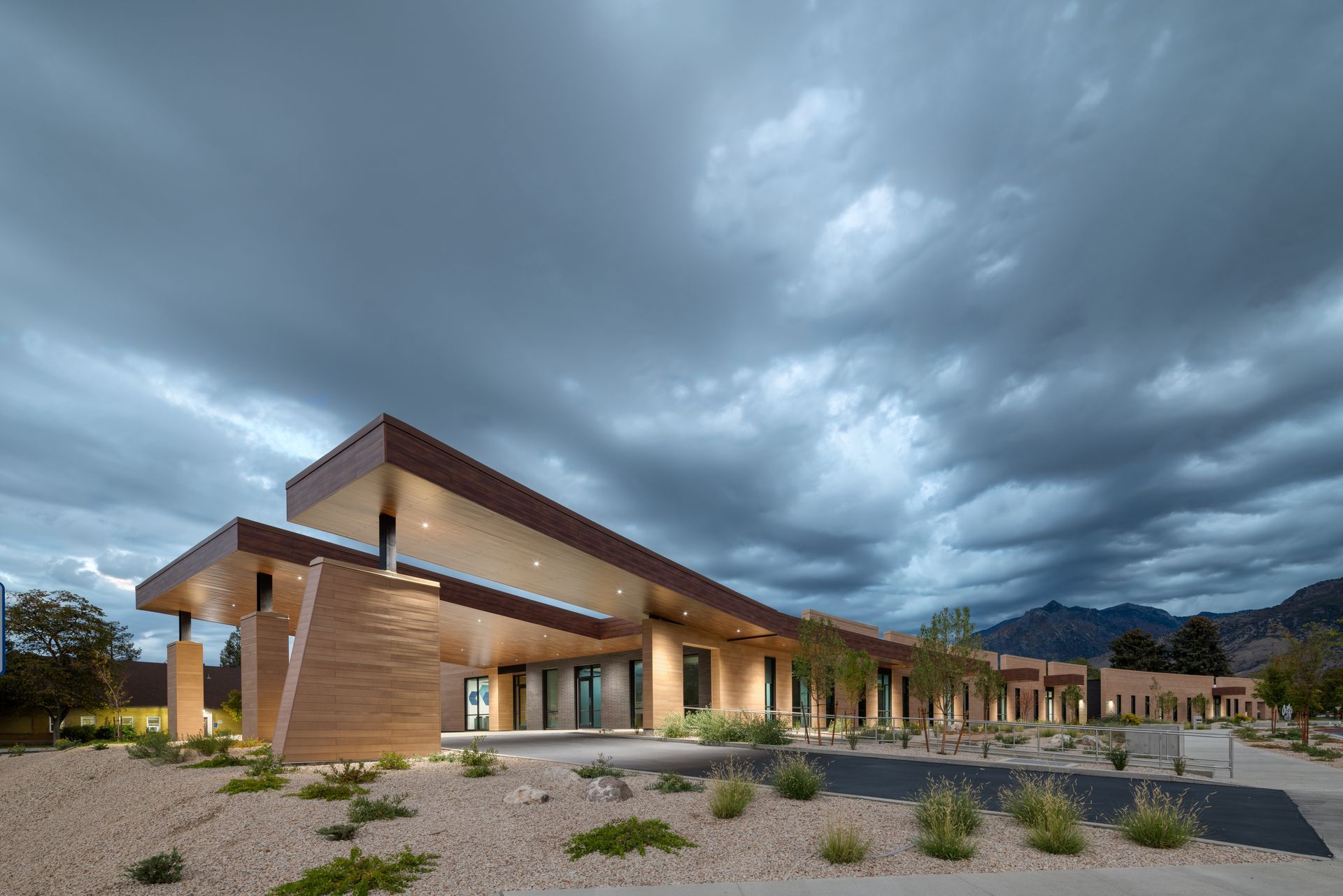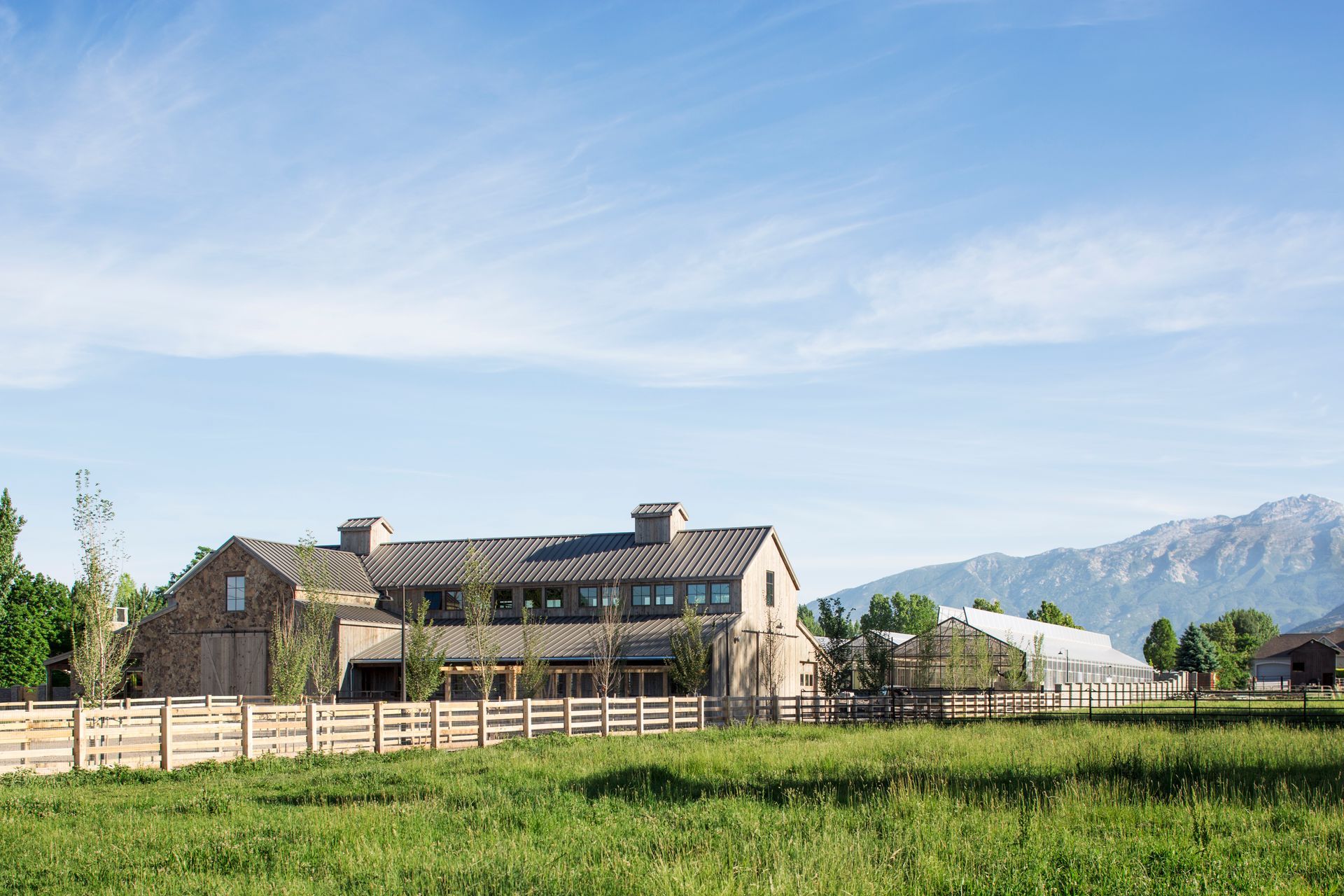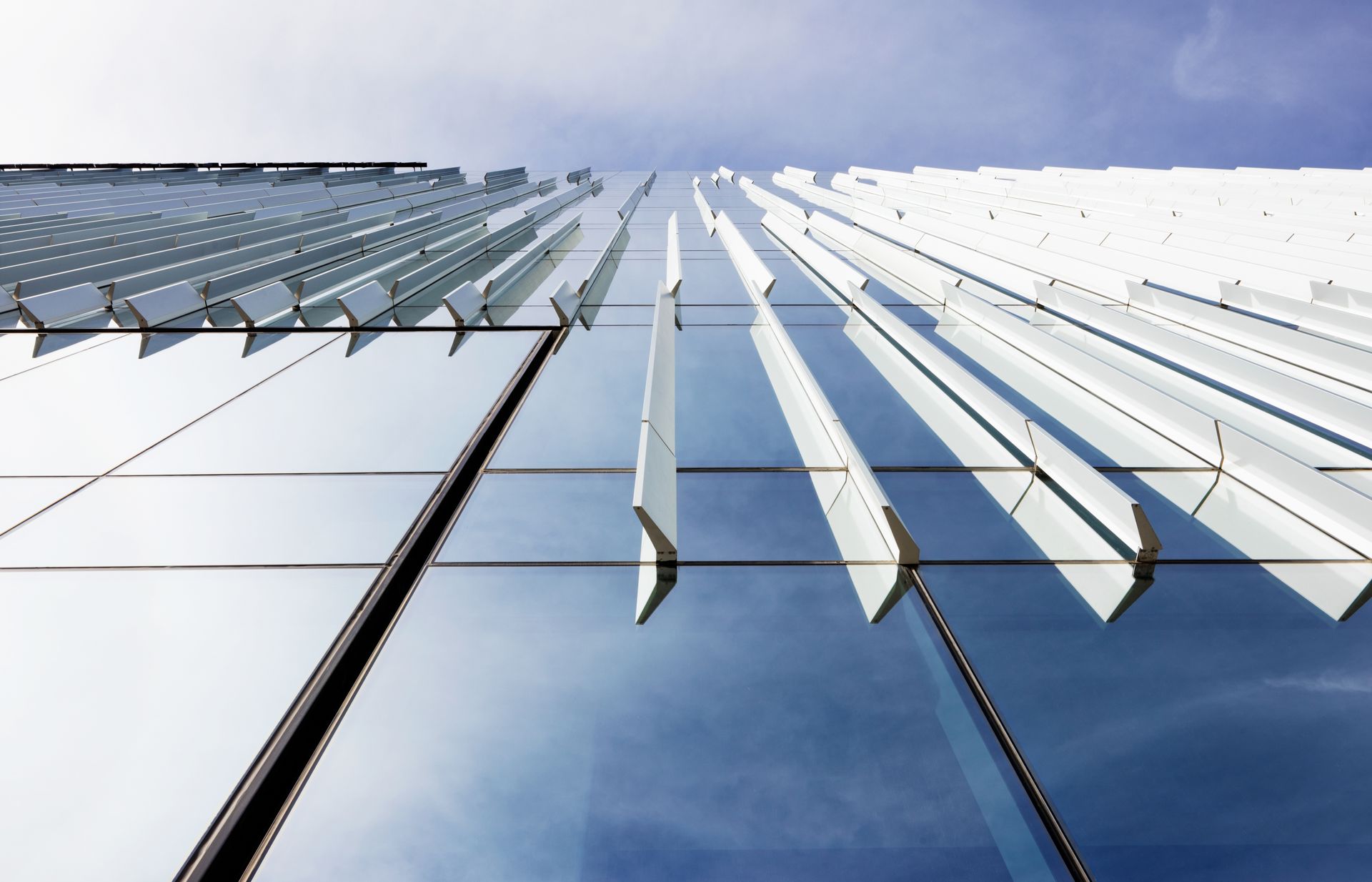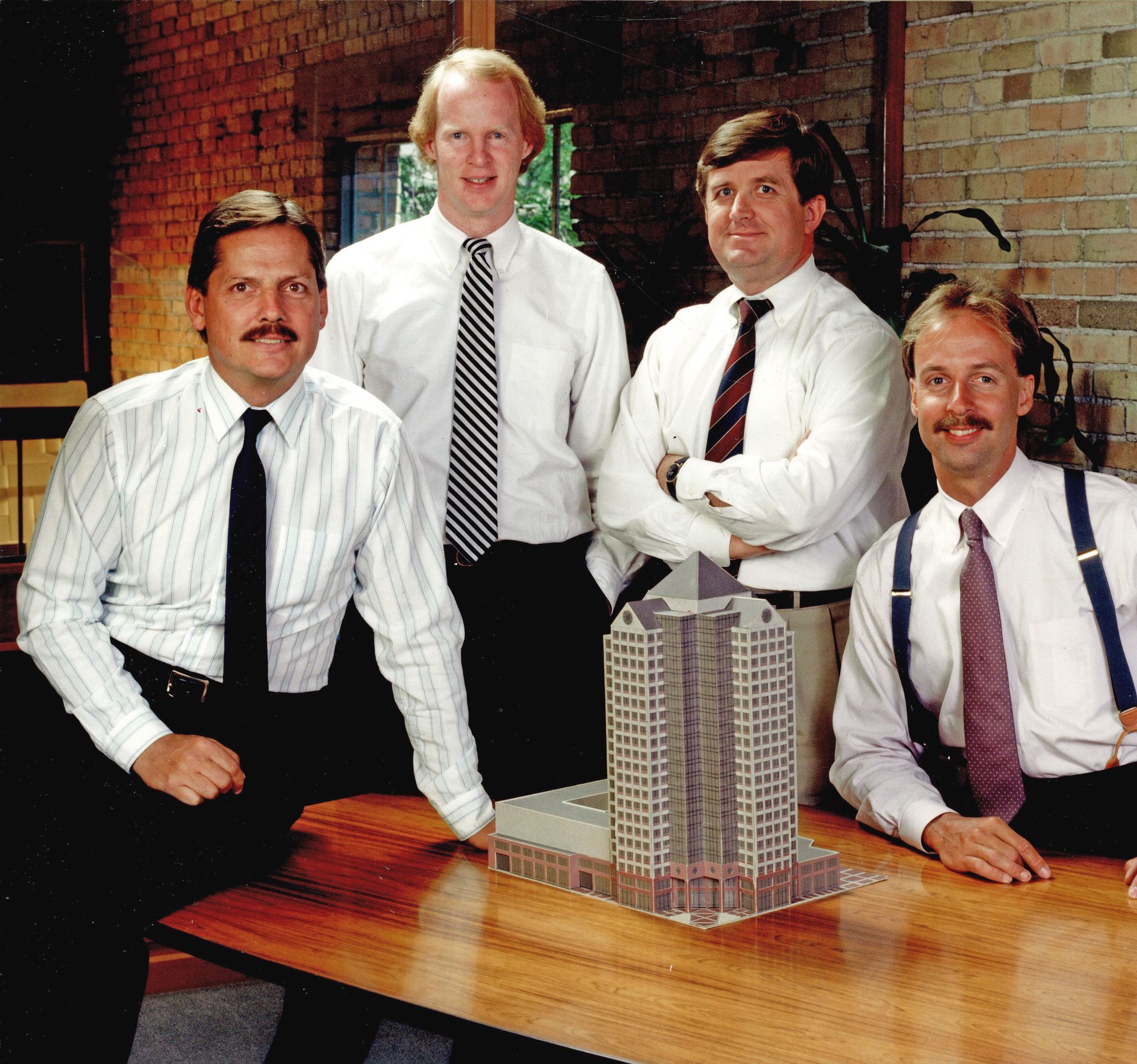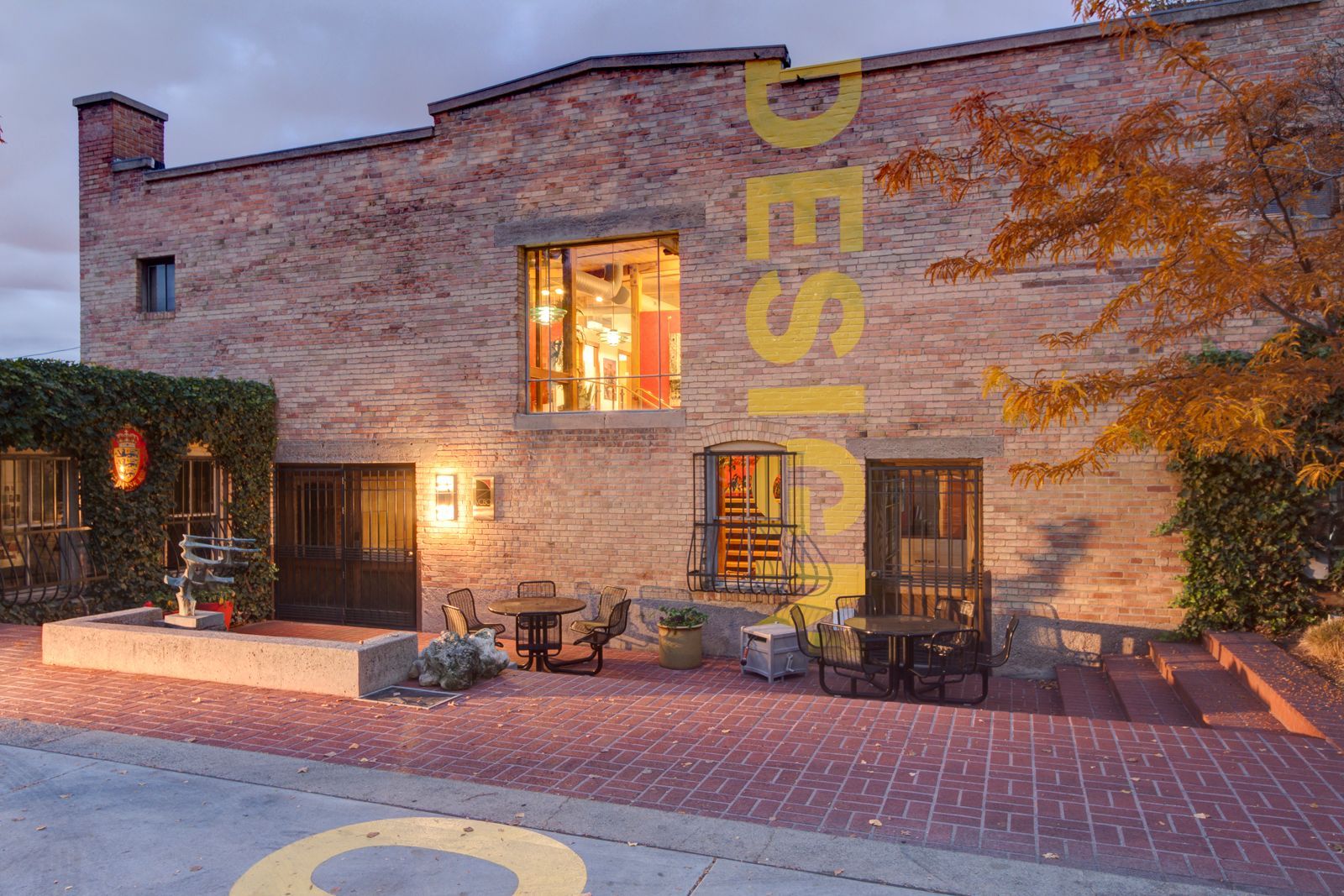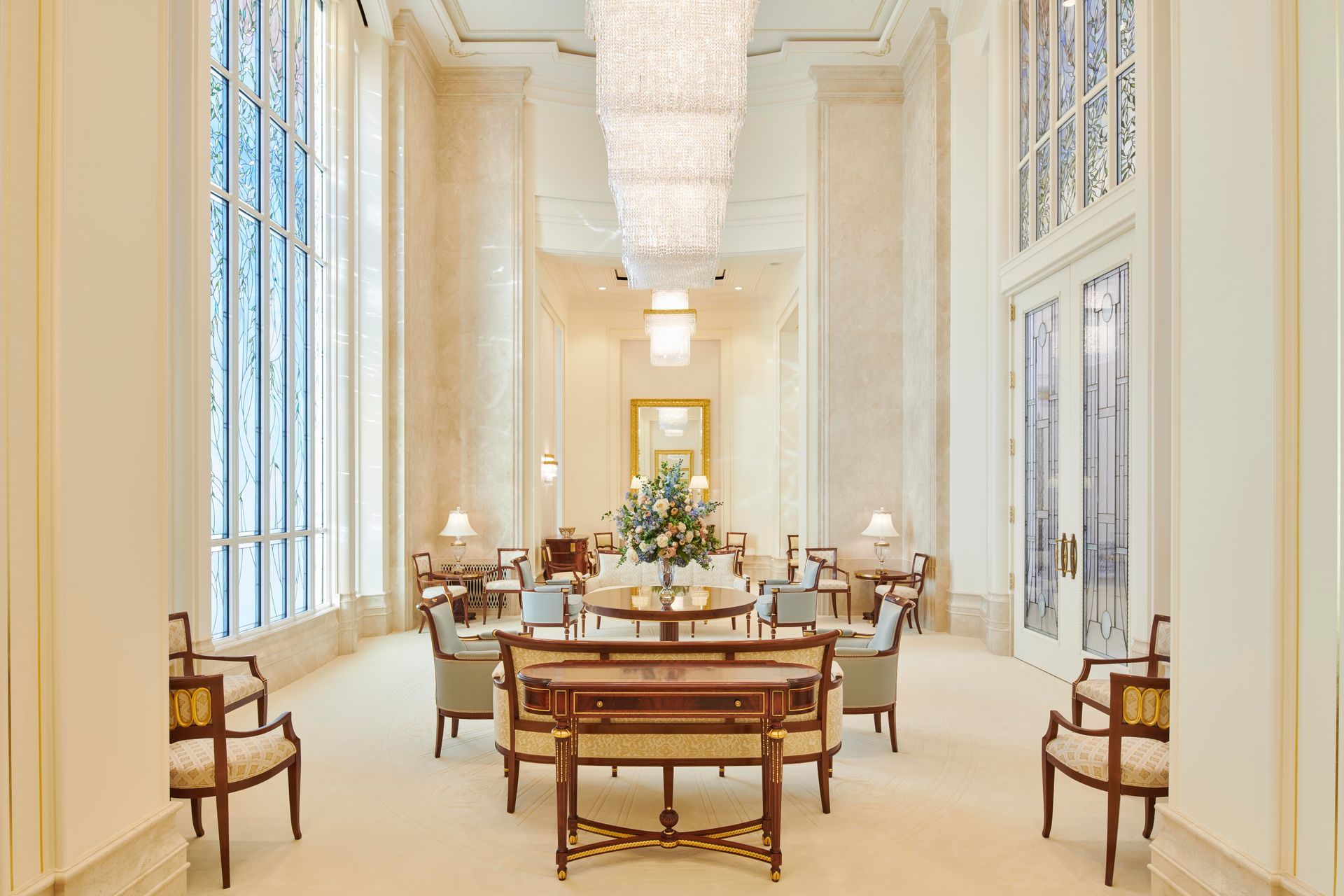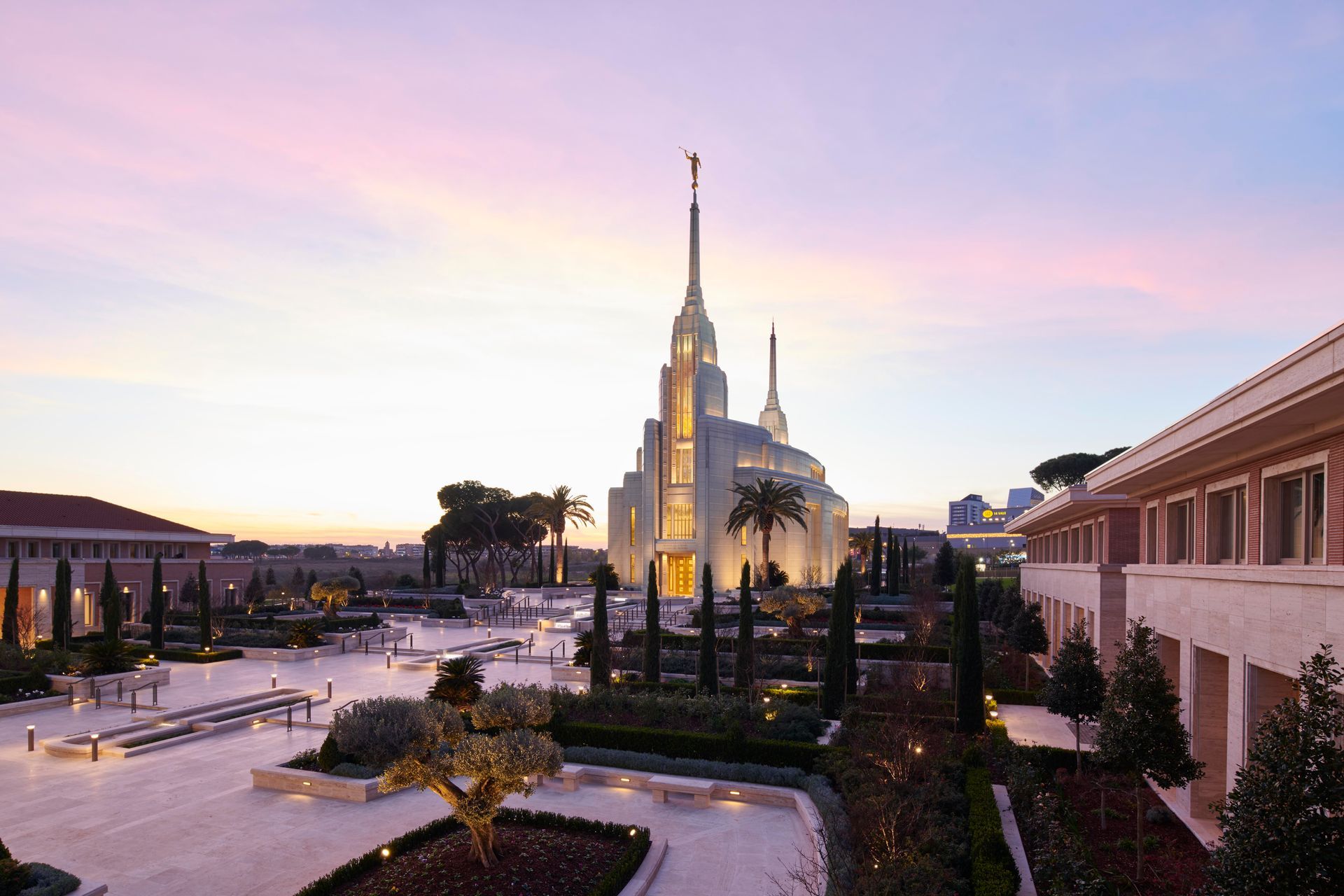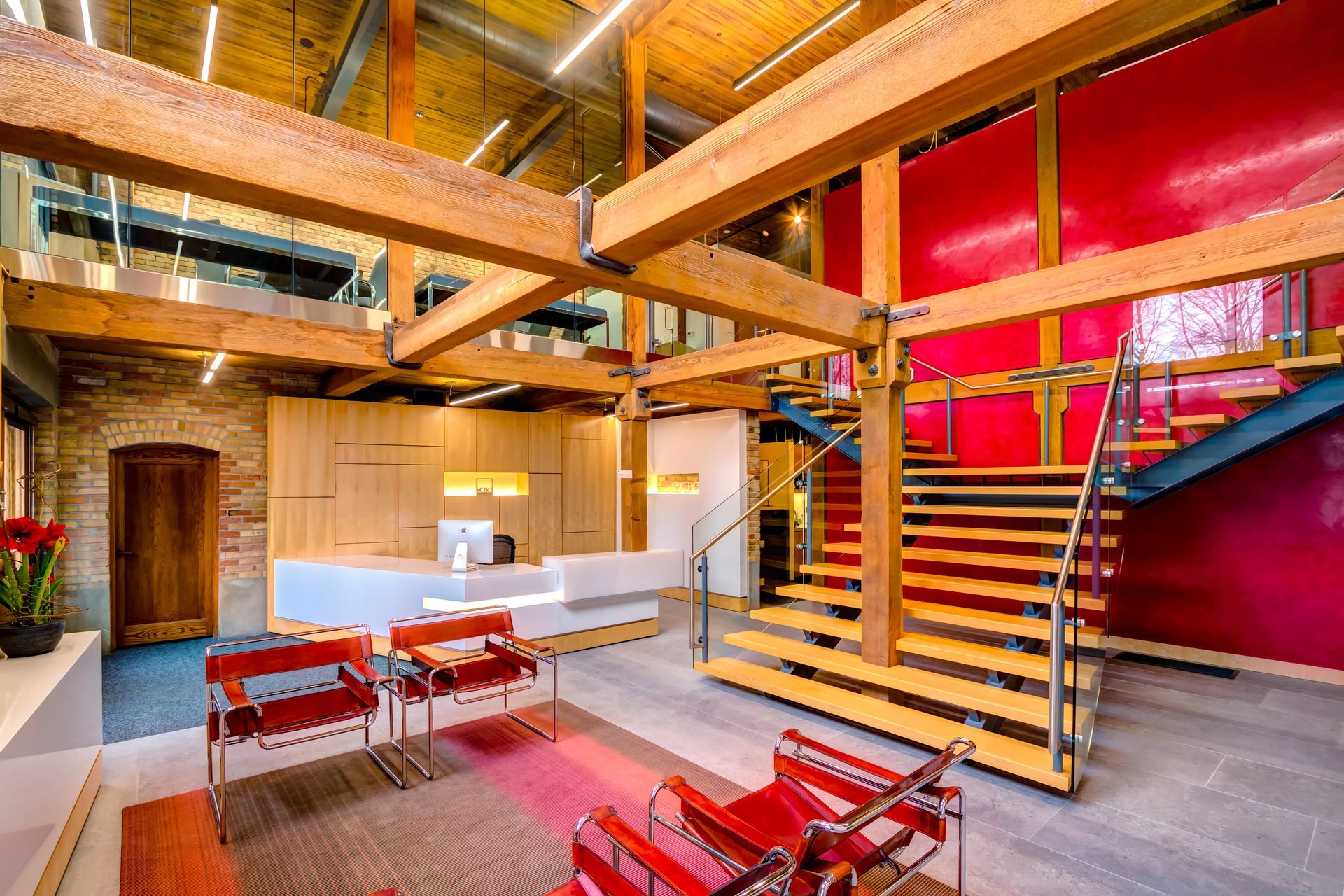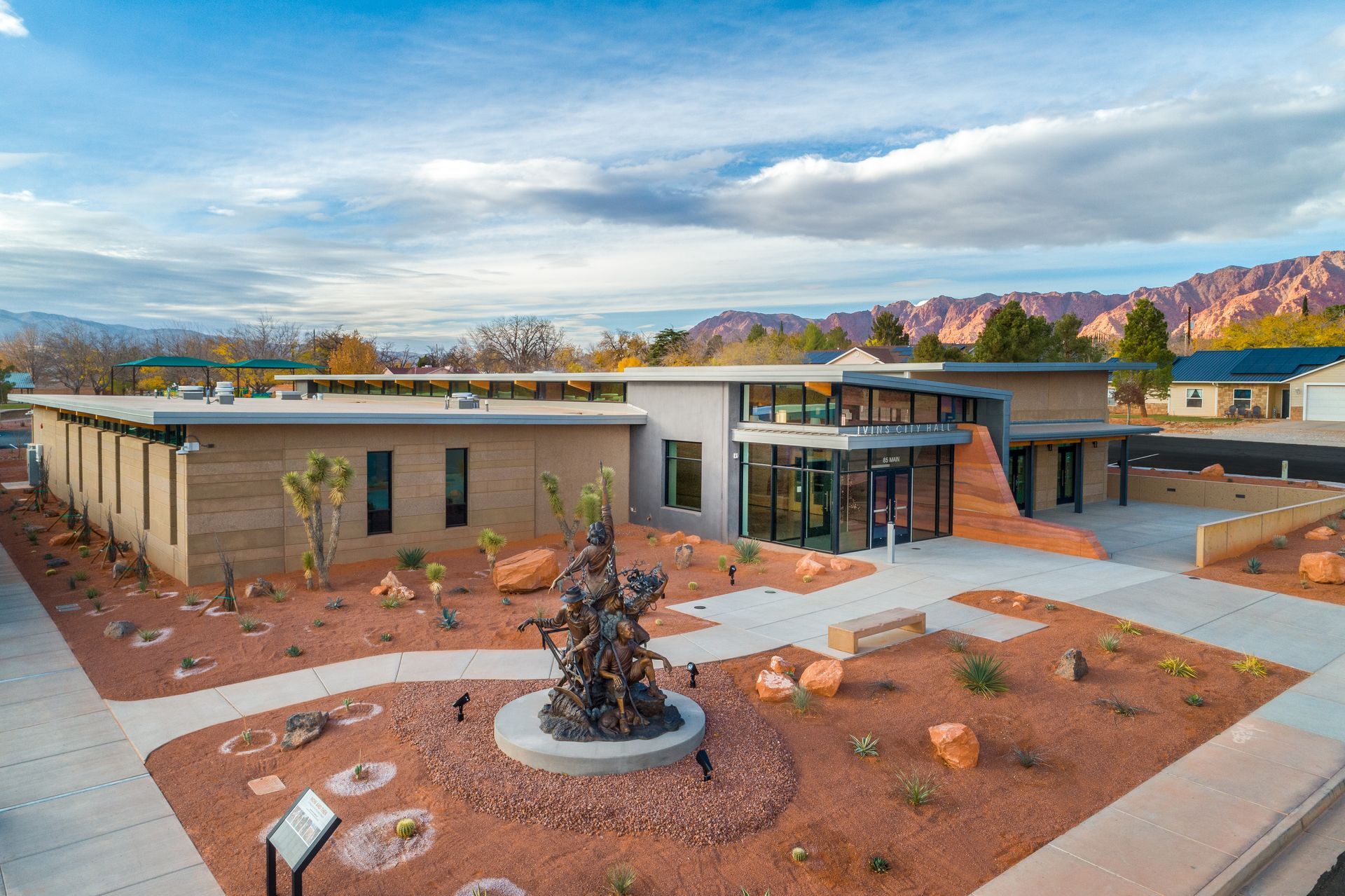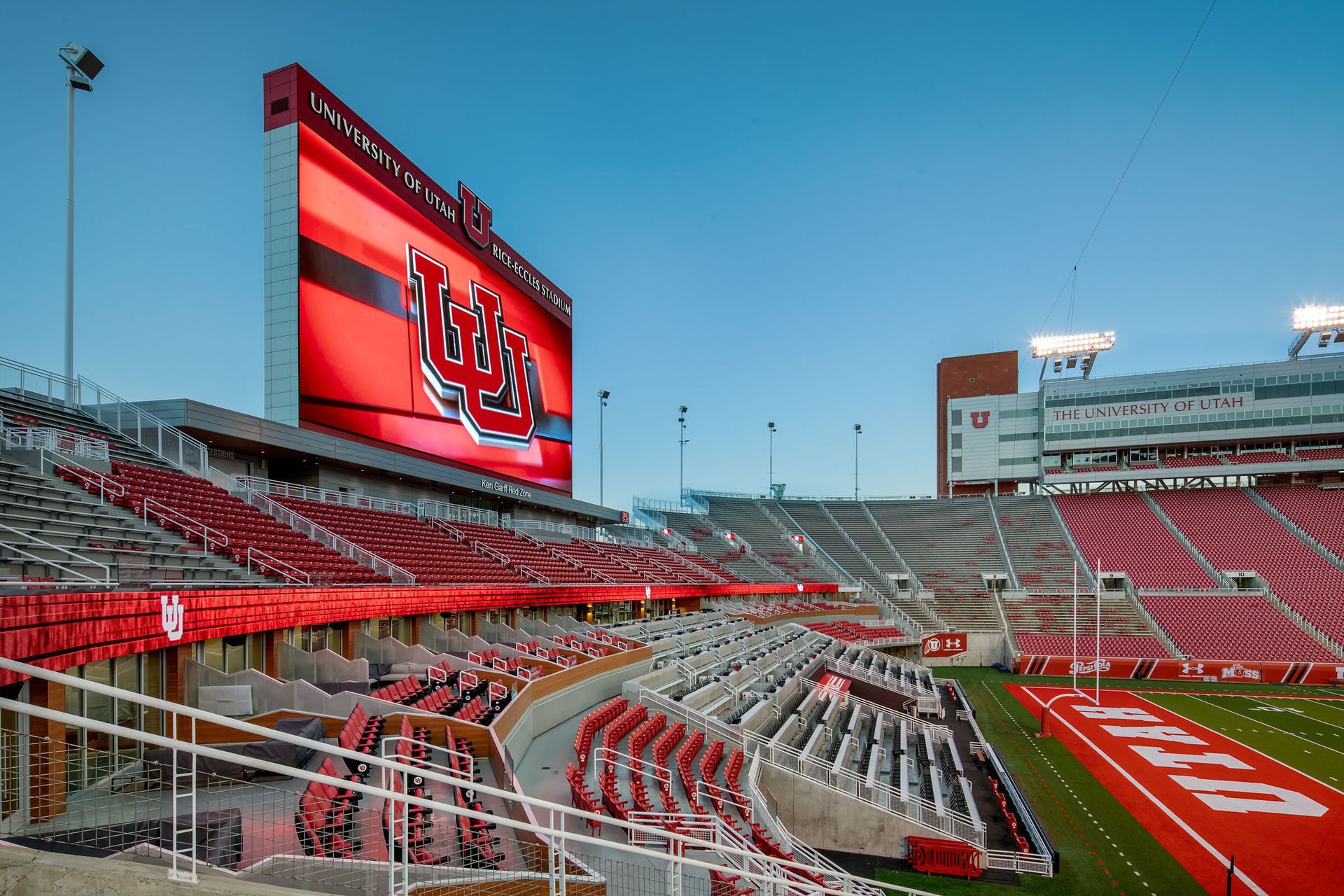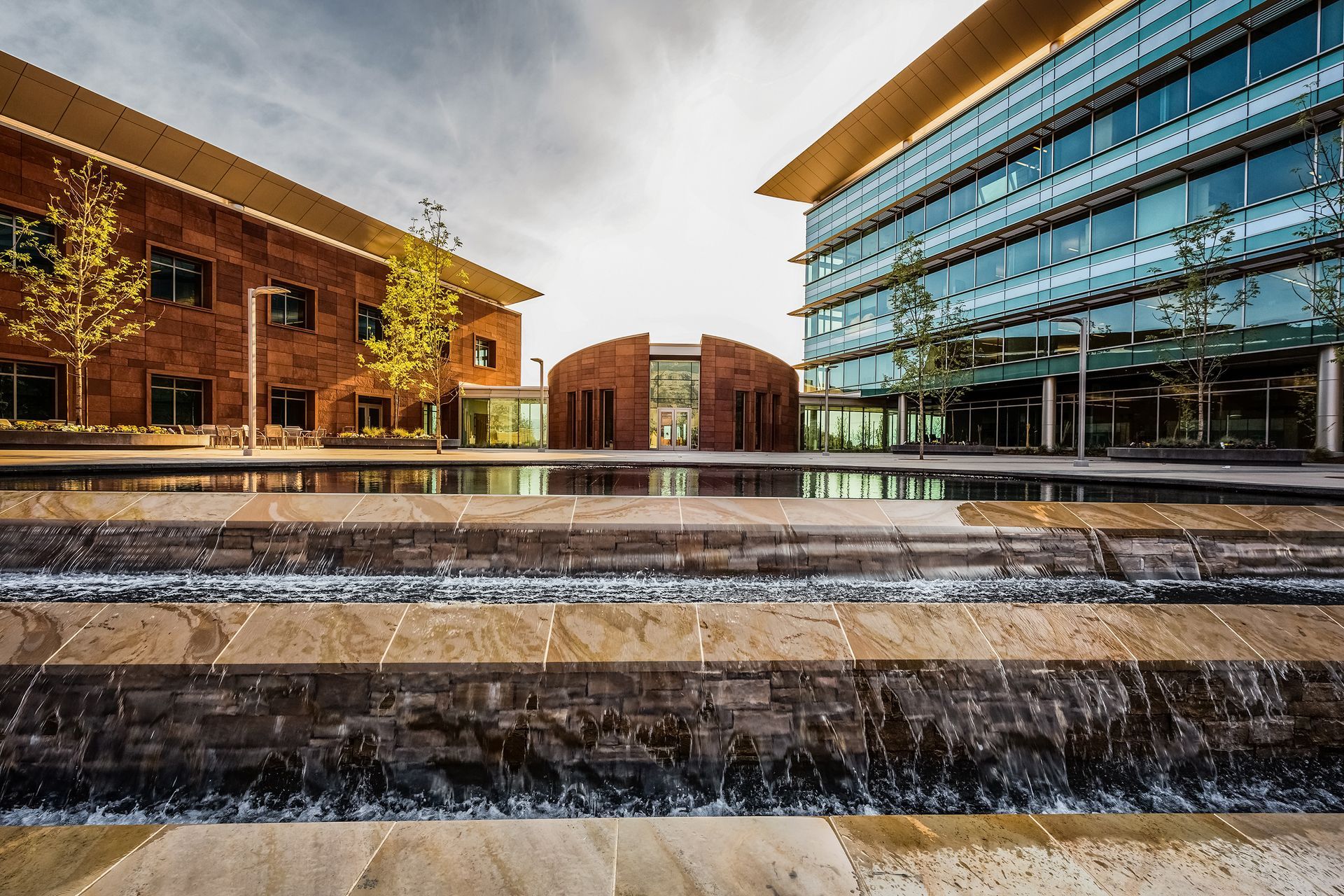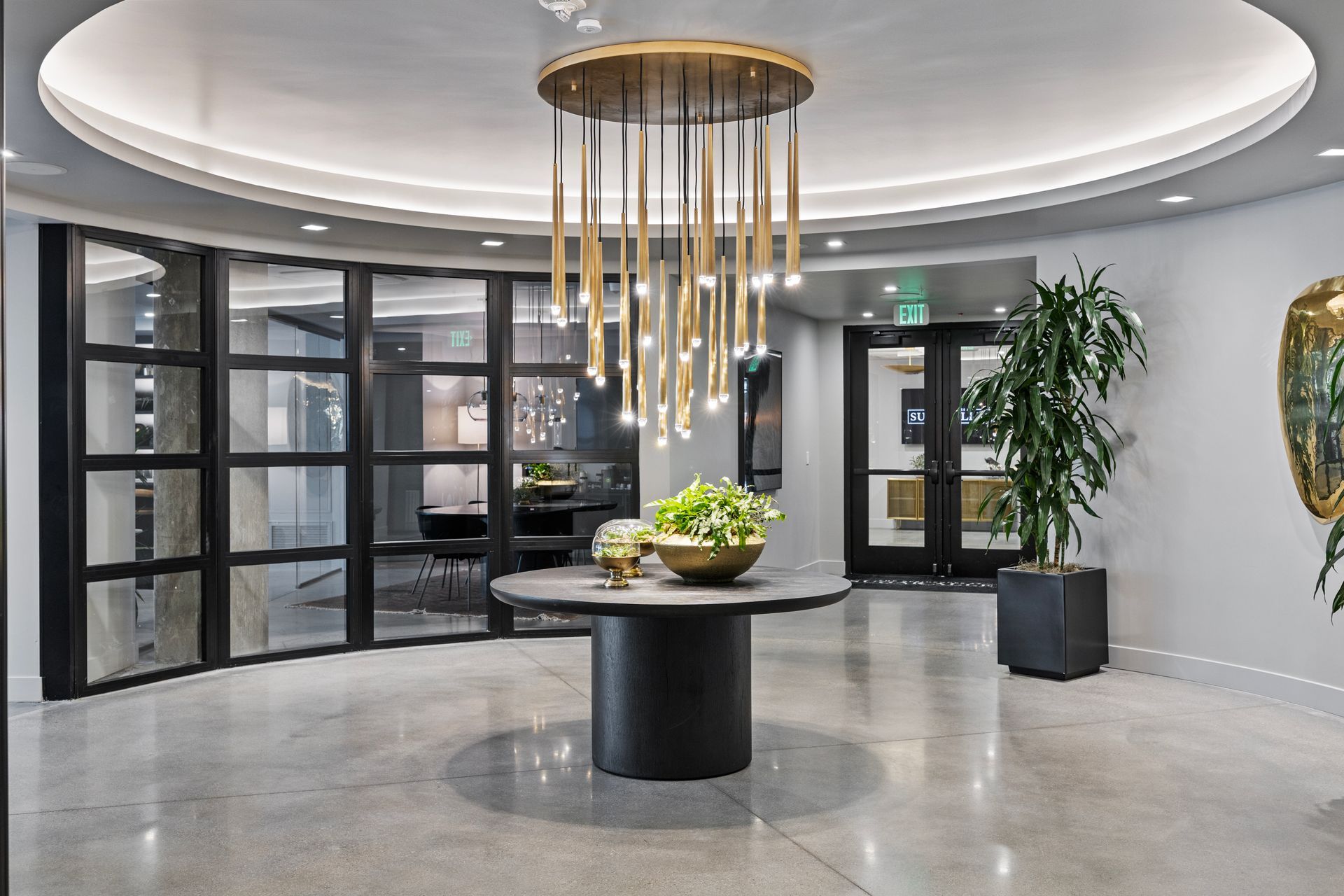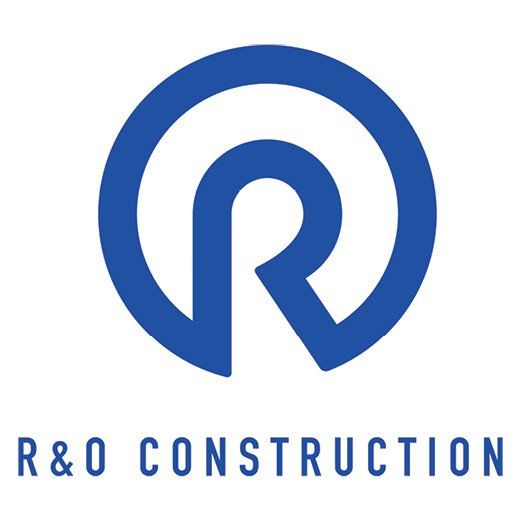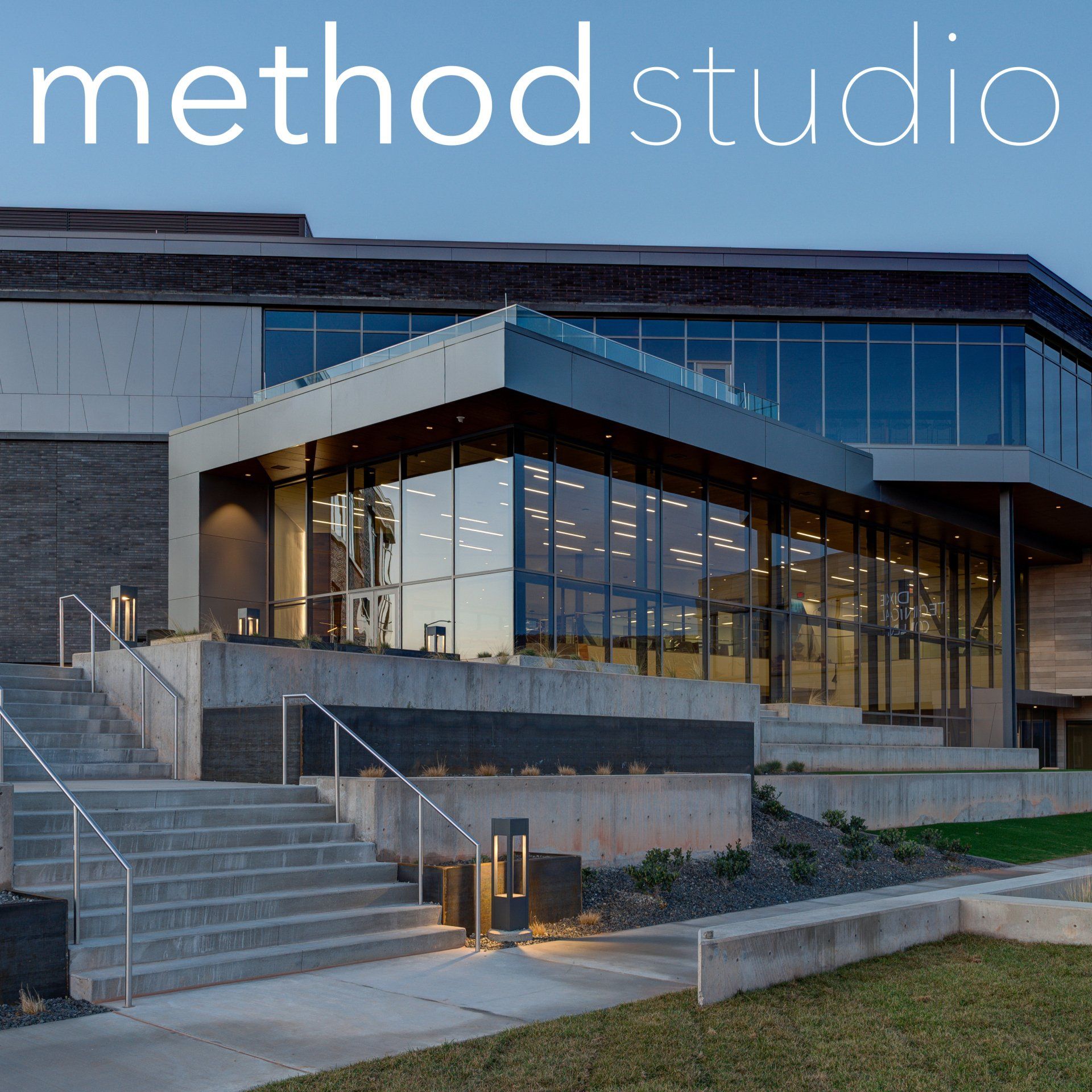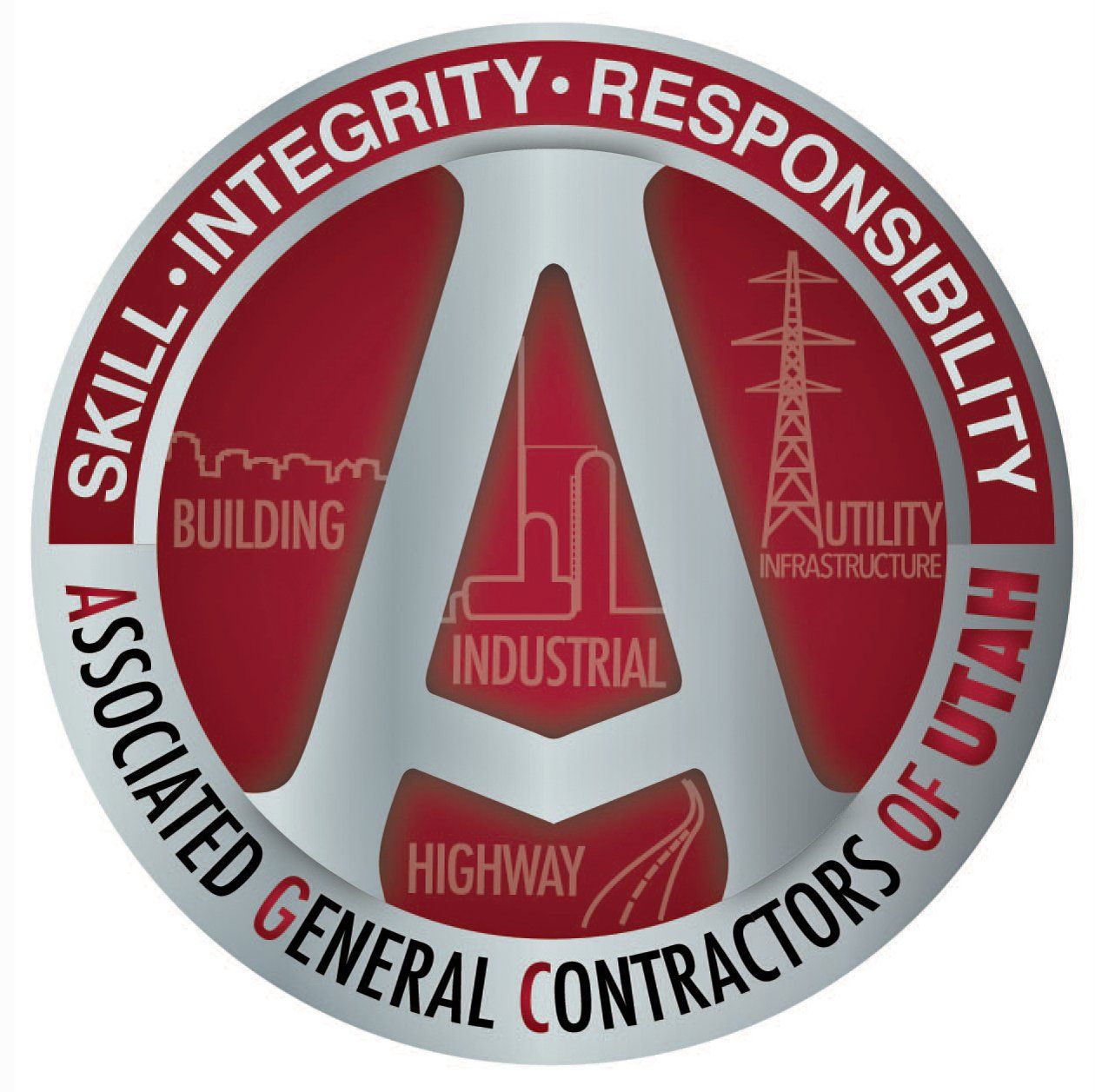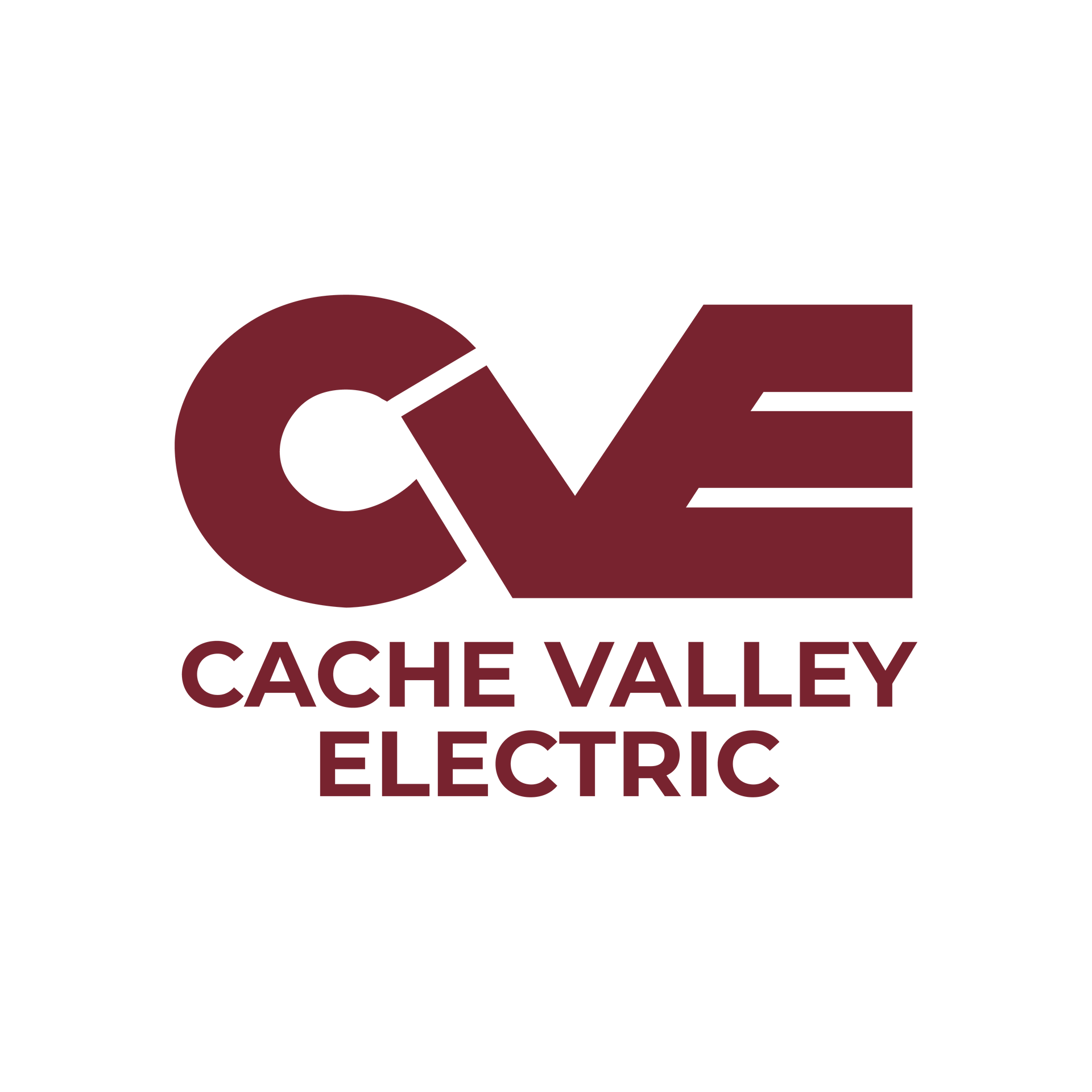Esteemed Salt Lake architecture firm defined by strong personalities and a penchant for designing impactful, cutting-edge projects that stand the test of time. By: Brad Fullmer
At age 77, Niels Valentiner (left) maintains a prominent role in the firm he founded in 1973, which morphed into VCBO Architecture by the early 90's. The firm’s four founding partners include (left to right) Steve Crane, Sean Onyon, Valentiner, and Peter Brunjes.
For more than a half century, Salt Lake City-based VCBO Architecture has delivered iconic architectural projects throughout the Beehive State, with a focus on timeless design, innovative excellence, and unwavering dedication to its clients. The firm is still led by original founder Niels Valentiner, a Danish immigrant who initially came to the U.S. in 1969 to continue his college education and ended up establishing a truly iconic design firm that now boasts 15 Principals and more than 100 employees.
Valentiner has long been revered for his tenacity and genuine passion for architecture, and even at age 77 he's resolute in making sure everything with his firm is as perfect as it can be before he sails off into the sunset.
"It's always interesting looking back," said Valentiner, when asked what it means for his firm to be celebrating its 50th Anniversary. "We were all hungry and worked hard at it; now we're established. In the early days we had to fight for every job and prove ourselves. Now we have a reputation as a top architecture firm, and we've earned it."
"It's a significant milestone—I associate it with Niels because it's all been during Niels' tenure," said Brent Tippets, a Principal who started at the firm in 1984 while still in school. "He grew it from a one-person operation to what we have today. A lot of (our success) is because of his business sense. He minded the finances and made sure operations were going smooth. To a large extent, he left the architecture side to the rest of us to be successful at."
"People are excited about it," said Jeanne Jackson, a Principal with 33 years at VCBO, about hitting the 50-year mark. “We've worked hard to create a culture of respect and camaraderie, so that people have a great experience here."
VCBO is a full-service architectural firm, providing architecture, interior design, planning, and sustainability in virtually every major building sector, including Civic/Government, Sports/Recreation, K-12, Higher Education, Healthcare, Religious, Commercial, Industrial.
The firm has been ranked among the top five architectural firms in Utah per annual revenues for more than 25 years consecutively, with annual revenues consistently ranging between $25-$30 million since 2015.
Early Years
As legend has it, while Valentiner was still in graduate school at the University of Utah School of Architecture, he was in the midst of founding his small firm, which he figured he could do from his desk in the design studio. With only one phone available for graduate students, the running joke was that anyone calling was trying to reach Niels about a job, and classmates would consistently pick up the phone and say, "Niels Valentiner Architects."
It was only a matter of time before that joke became reality. Once Valentiner earned his license in 1973, he launched Niels E. Valentiner and Associates at a small office on South Temple and 600 East.
He had modest experience, having worked part-time for a couple of local Salt Lake firms, but he had swagger and believed in himself, a defining trait.
"I called my firm Niels E. Valentiner and Associates, even though there wasn't an associate," he laughed. "I had to look like I was somebody. When you start small like that, you have to convince people you can handle the work."
The early-to-mid 70s saw cities in the Salt Lake Valley morphing into more urban, lively communities as developers started investing in commercial office buildings, corporate campuses, strip malls, and retail outlets.
Valentiner's determination landed him some small early projects—his first was a Hill Air Force Base credit union for federal employees that led to several repeat projects—and he also made a connection with a young ambitious developer, Roger Boyer, who had founded The Boyer Company in Salt Lake a year earlier in 1972. The relationship with Boyer spawned many notable commercial projects over the years, including the design of several swanky, all-glass office buildings in the Union Park area of Midvale. The 24-story Utah One Center office tower, completed in 1991 by Boyer, has proven over the years to be one of VCBO's landmark designs.
When Tippets joined the firm in 1984, the firm was 10+ years in the making and had moved the prior year into the building it has called home for 40 years near Trolley Square, a modest operation of seven employees trying to wade through a sluggish economy. While work was coming in, it was a challenging period. To Valentiner, the pace felt slow.
A Turning Point
Meanwhile, his former classmate at the University of Utah, Steve Crane, was busy trying to grow his own firm, Crane and Associates. The two men had developed a cursory friendship and happened to cross paths while working for the same client on different projects. Crane recalled, "I had gotten to know Niels quite well and thought he was a pretty aggressive, confident guy. His right-hand guy left to join another firm, and my partner left, and Niels walks into my office one day and says, "I think we should join our firms together." I had done a lot of schools and public work, and he had done military projects and private development. It was a good fit."
"I knew even then it was a recipe for success because they were driven," said Derek Payne, who worked at Crane's firm prior to the merger and has been a Principal at VCBO since 2000. "They wanted more than ever to compete with higher-level architectural firms."
In addition to Valentiner and Crane, Sean Onyon and Peter Brunjes were associates at the firm, and the synergy between the group started paying dividends, with Valentiner and Crane shouldering much of the marketing and business development responsibilities, and Onyon and Brunjes tasked with getting projects completed on time. Despite obvious differences in personalities, leadership style, and skillsets, the melding of talents proved fortuitous.
"Between the four of us there was a lot of positive energy," said Crane. "I was a strong marketer, and that's Niels' middle name. We had two go-out-and-get-'em guys, and Peter and Sean were the guys to get [projects] out the door. I can't think of a major thing we argued about. We always seemed to leave a meeting, and everyone felt good."
"[Neils] loves working with people, making connections—that is one of his top qualities. In architecture, you're always improving somebody's life; those are things he thrives on. He likes the involvement. His bailiwick is putting together deals. That combination is what gives him vitality,” said Onyon.
In 1989, Valentiner made Crane, Brunjes and Onyon partners, but kept 51% ownership, saying "I wanted to have some control of where we were going. That lasted 2-3 years and we worked it out and decided to become equal partners—that was the beginning of VCBO Architecture."
The completion of One Utah Center in 1991 started attracting attention from out-of-state clients, and the firm started expanding its geographical reach, winning projects in Arizona, Texas, Wyoming, Idaho, and California.
Poised for the 21st Century
The 1990s in Salt Lake City was a time of expanding community and blossoming culture, and VCBO’s work during this period reflected this regional renaissance. After Salt Lake City secured the 2002 Olympic Games, the firm was chosen to design the prestigious Utah Olympic Park. The firm also opened a new era when it won the bid to design its first K–12 school: the Lake Powell School.
This foray into K–12 design would grow to become an award-winning competency for which VCBO is celebrated today. So too came opportunities to work in the higher education and sports facilities sectors, both of which would become integral arms of the firm’s work. But, most notably, the 1990s brought SLC and VCBO a truly celebrated building: The Salt Lake City Library, designed in collaboration with Moshe Safdie.
As the firm's projects grew in size and scope, so did the team, requiring new partners. Tippets, named a Principal in 1994, has a vast skill set with expertise in civic projects, and a focus on recreation and courthouse design. Boyd McAllister was a force designing K-12 projects and creating decades-long relationships with school districts in the region. Jackson, the first woman Principal at the firm (2001) and a member of the AIA College of Fellows, has brought dynamic, imaginative design to the K-12 market spanning more than three decades.
Payne reinforced the firm’s commitment to design excellence and brought new ideas to state-of-the-art higher education projects.
"I feel like we've been able to be leaders (in K-12) not just in Utah, but the country," said Jackson. "Our goal has always been to design schools that children can't wait to go to, schools that teachers and students love being in and learning together."
As the sting of the recession hit in 2008, causing untold economic pain for millions of Americans and the wilting of local economies, Salt Lake City—and VCBO—forged ahead and maintained positive momentum. People that needed a fresh start nationally found their way to the Wasatch Front and a metro area ready to welcome them. "The world is welcome here," states Utah's Olympic motto.
And it came, in abundance. Salt Lake City's population surpassed the one million mark for the first time in history, with more than 200,000 transplants and record-setting births almost every year of the decade, and the Wasatch Front overall added more than a half million people.
With this rising tide, VCBO took on projects that welcomed this growing community and honored Utah’s history. The Utah State Capitol Restoration became the firm’s biggest project to date and one of the largest, most significant restorations in the country. VCBO’s painstaking work on the iconic Capitol was further complemented by projects that furthered community access and opportunity, including healthcare and higher education facilities.
"There is a lot of diversity [among Principals], but all type A personalities," said Tippets. "That made us successful, but that wasn't always comfortable. We butted heads at time. It's challenging because people have strong personalities, and they think it ought to happen a certain way. But I think everybody respected and appreciated the diversity we had and who we were [individually]. We always leaned on each other, and we supported each other."
New Horizons
First, the world came to Salt Lake City. And then, VCBO went out to the world. The 2010s brought the firm its first opportunity to design and build an international landmark: the Rome Italy Temple for the Church of Jesus Christ of Latter-day Saints, one of many temples the firm has designed for the Utah-based faith, and certainly Valentiner's signature project.
A sculptor at heart, Valentiner initially studied art in college and said "I see buildings as pieces of sculpture—it's got to come together as a uniformed sculpture experience."
Design and planning of the Rome Temple took three years and construction took seven, a patience-trying 10 years that consumed an inordinate amount of Valentiner's time, but was a true labor of love, given his admitted deep faith.
"[The] Rome [Temple] was important because of what kind of architecture it is," said Valentiner. "The Church recognized we couldn't compete with Renaissance or Baroque or Roman architecture. It had to be something that stands out as an icon, yet having historic connection and relevance, and of course, being a temple."
He continued, "It was such a unique window we had. We designed things, then presented it, and it worked. It's the second most important temple to the Church because it is in one of the most significant cities in the world relating to Christianity. It has become an icon to Italy."
In this decade VCBO also cemented its place as an innovator on K–12 projects, civic structures, sports facilities, and sustainable design. The firm completed the state of Utah’s first LEED Gold school (Odyssey Elementary for Davis School District), as well as a 12-building, 500,000-SF global headquarters campus for dōTerra in Pleasant Grove. Teams dedicated to civic and government, sports and recreation, K–12, higher education, healthcare, religious, commercial, and industrial sectors were formed and stayed active with projects.
By the time 2020 rolled around, the firm had expanded its team to more than 100 employees and as of this year, boasts 15 Principals. VCBO has long been an early adopter of new technologies, having invested in computer-aided design from the outset, and it continues to adopt cutting-edge techniques in the field.
Many of the firm's Principals and Associates have each proven their worth through hard work, loyalty, and by expanding their respective talents, and they will be counted on to lead the firm into the future.
Vern Latham excelled with sports facilities and higher education design. Jeffery Pinegar arrived at the firm with 22 years of partnership experience and worked closely with Brunjes to lead healthcare projects. David Cox brought experience from the world of construction and became an integral part of the K–12 team. Celestia Carson shadowed on the SLC Library project as a student and has specialized in K-12 and higher education, while also founding Utah's Women in Architecture association in 2013. Nathan Leavitt moved to Utah after graduating college and focuses almost entirely on civic architecture. Melissa Wood joined VCBO as a strong business administrator in 2011, and as COO serves a vital role in operations. Alex Booth, who was once a student of Jackson's at the U of U, used his talents for design on a myriad of projects in the institutional, educational, and commercial sectors. Whitney Ward graduated with a Master’s at a young age and found a home at VCBO as a leader in sustainability and planning. Pablo Gotay interned for the firm as a Cornell University student, and later was chosen to lead the firm’s St. George office when it opened in 2019. Philip Haderlie assisted Niels for 10 years on the dōTERRA campus before becoming a principal. Julia Oderda was named the newest Principal in 2023, bringing a broad background in education design.
It all adds up to a firm that is firing on all cylinders, and one well-prepared to tackle the next 50 years.
Valentiner knows his career window is closing, but as long as it remains cracked, his individual light and air will continue to inspire those he interacts with. He has long valued the importance of each individual day, and the amazing opportunities and experiences that can be found in life just by looking for them in that moment.
"You only look at tomorrow, you never know what you envision later," he said. "What's going on tomorrow [...] that's what I've tried to do, look at what we're doing tomorrow, and make sure it's done the right way, so people keep coming back."
Notable VCBO Projects
Project Location Completion
One Utah Center Salt Lake City 1992
Utah Olympic Park Park City 2001
SLC Public Library Salt Lake City 2003
Utah State Capitol Restoration Salt Lake City 2008
dōTERRA Corporate Campus Pleasant Grove 2014
Odyssey Elementary Woods Cross 2014
111 South Main Salt Lake City 2016
Fourth District Courthouse Provo 2018
Farmington High Farmington 2018
Rome Italy Temple Rome, Italy 2019
Alta View Hospital Sandy 2019
U of U Ken Garff Red Zone Expansion Salt Lake City 2021
Greater Zion Stadium Expansion St. George 2022
Noorda Engineering Bldg. Ogden 2022
